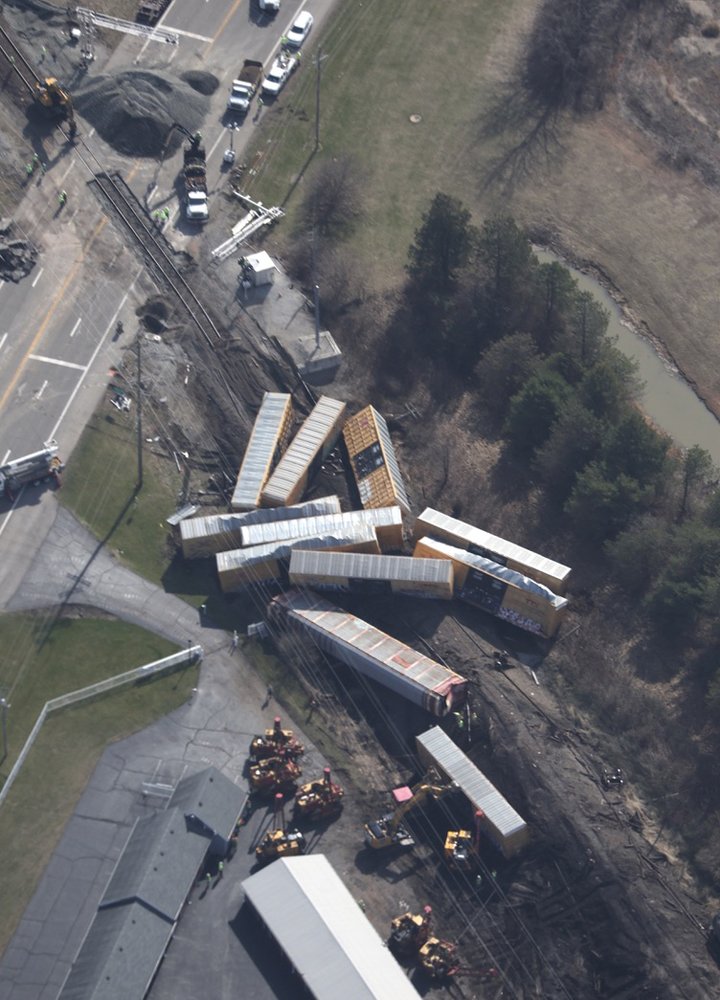
WASHINGTON – The National Transportation Safety Board has launched a special investigation into Norfolk Southern’s safety practices in light of a spate of recent accidents.
“Given the number and significance of recent Norfolk Southern accidents, the NTSB also urges the company to take immediate action today to review and assess its safety practices, with the input of employees and others, and implement necessary changes to improve safety,” the safety board said in a news release this afternoon (Tuesday, March 7).
The NTSB noted that it has sent investigation teams to five NS accidents since December 2021. They include:
- On Dec. 8, 2021, an employee for National Salvage and Service Corp. assigned to work with an NS work team replacing track was killed when the operator of a spike machine reversed direction and struck the employee in Reed, Pa.
- On Dec. 13, 2022, a conductor trainee was killed, and another conductor was injured, when the lead locomotive of a freight train struck a steel angle iron protruding from a gondola car on another freight train that was stopped on an adjacent track in Bessemer, Ala.
- On Feb. 3, merchandise train 32N derailed in East Palestine, Ohio. The derailment resulted in a significant fire and hazardous materials release.
- On March 4, a 2.55-mile-long freight train derailed near Springfield, Ohio.
- Today, a conductor was killed during a movement in Cleveland, Ohio.
As part of the special investigation, the NTSB will also review the Oct. 28, 2022, NS derailment in Sandusky, Ohio, which the Federal Railroad Administration has said was caused by a wheel bearing failure on a locomotive.
“The NTSB is concerned that several organizational factors may be involved in the accidents, including safety culture,” the board said. “The NTSB will conduct an in-depth investigation into the safety practices and culture of the company. At the same time, the company should not wait to improve safety and the NTSB urges it to do so immediately.”
In a statement today, NS CEO Alan Shaw addressed the fatal accident in Cleveland, said the railroad will hold safety briefings, and improve its safety culture.
“As has now been widely reported, one of our Norfolk Southern colleagues was fatally injured overnight in a tragic accident on the job. Louis Shuster, a conductor from Broadview Heights, Ohio, was struck by a dump truck as his train moved through a rail crossing at the Cleveland-Cliffs Cleveland Works facility,” Shaw said.
“I went to Cleveland as soon as I heard the tragic news. At our Rockport Yard, I talked with several railroaders who worked with Lou, as he was known. They shared stories about an individual who was respected and liked by his colleagues. This is an awful day that leaves a hole in our company’s spirit. We have reached out to Lou’s family to offer our condolences. We will give them time to grieve, and we will be there with support for anything they need,” he said.
“The cause of the accident is not yet known, and we will of course cooperate fully with the National Transportation Safety Board. In some ways, the cause does not matter. I called together every member of our management team this afternoon to emphasize the urgency of finding new solutions. Tomorrow we will hold safety stand-down briefings reaching every employee across our network,” he added. “Moving forward, we are going to rebuild our safety culture from the ground up. We are going to invest more in safety. This is not who we are, it is not acceptable, and it will not continue.”
The announcement of the NTSB probe comes two days before Shaw is scheduled to appear before a Senate committee to answer questions about the railroad’s safety record in the wake of the East Palestine wreck.
On Monday NS announced a six-point safety plan that centers on improving its wayside detector network.
The last time the safety board conducted a special investigation of a railroad was in 2014, when the NTSB probed a series of accidents on Metro-North Railroad.
Note: Updated at 4:11 p.m. Central Time with statement from NS CEO Alan Shaw.






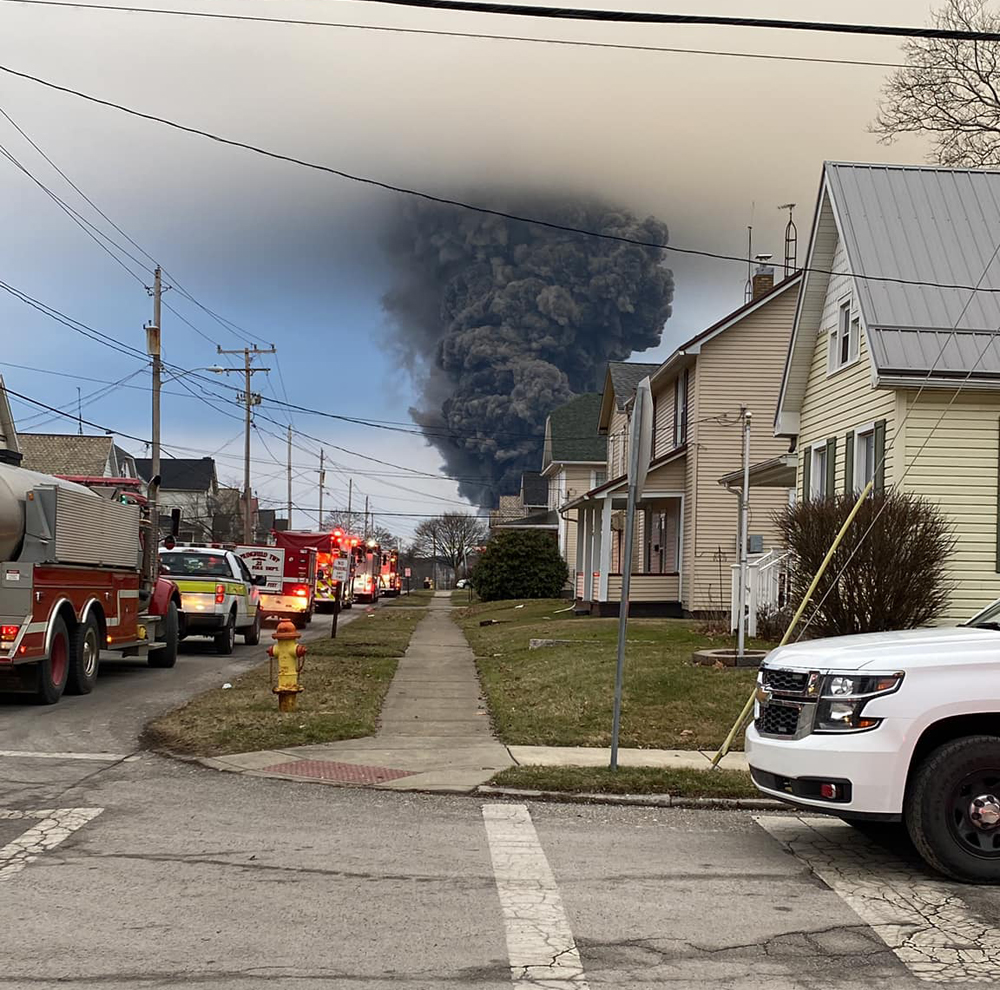
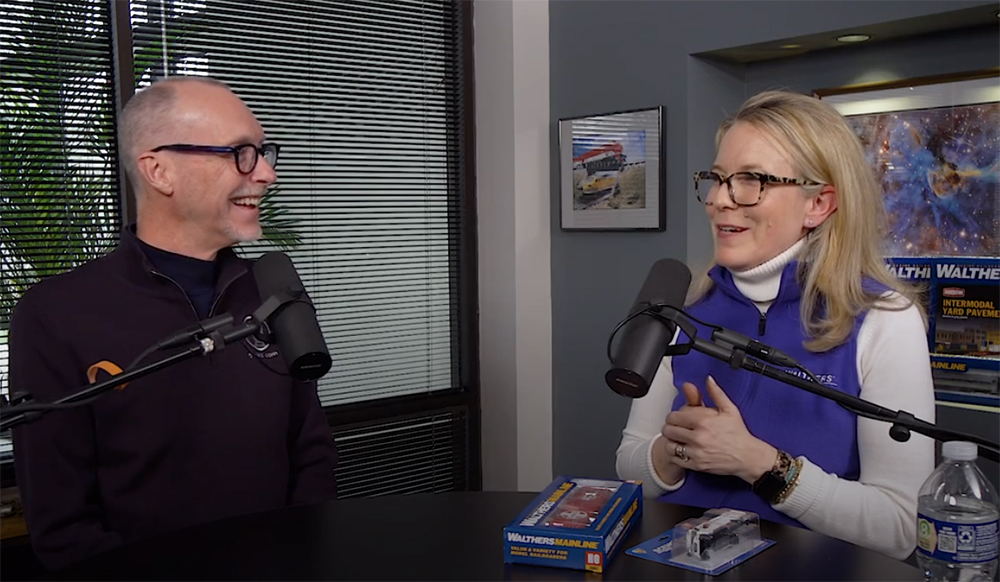
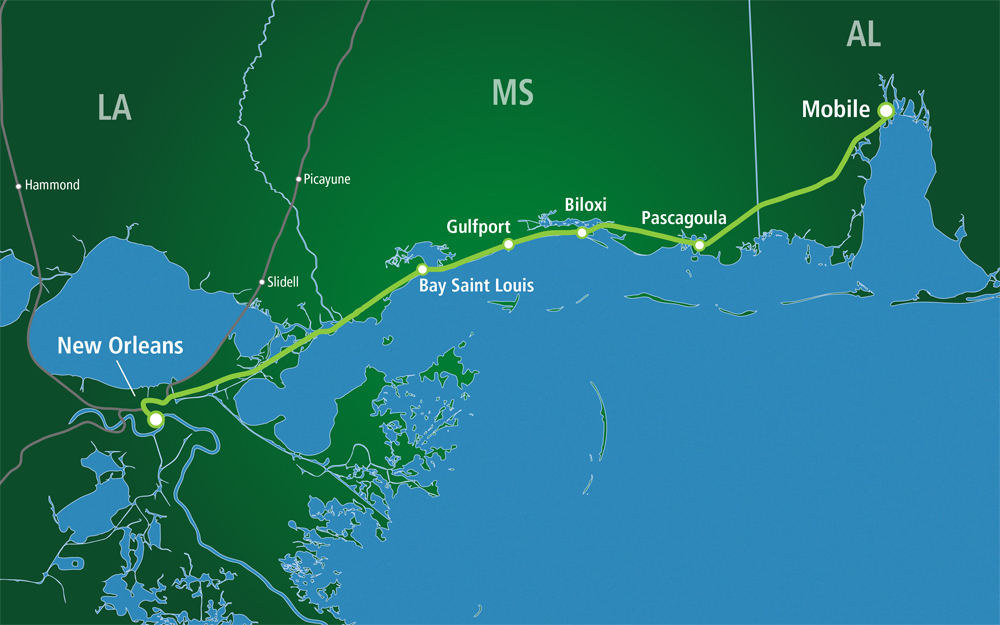
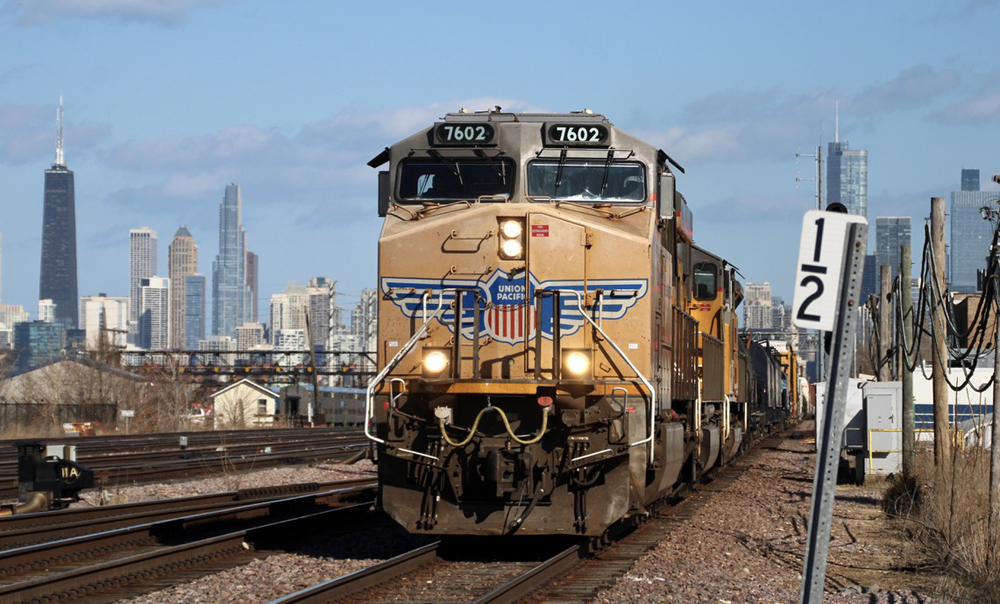




This is the legacy of Hunter Harrison and the wildly incompetent Cindy Sanborn rearing its head long after the former was dead, and the latter had departed into retirement; or, if she is still working, I hope it’s nowhere near something as potentially dangerous as a railroad. Cuts to MOW crews, roadbed, track, and safety equipment maintenance, are proving to be a significant threat to the well-being of employees and every resident of every trackside town in the nation. Of course, Ms. Sanborn and other execs will never be held personally accountable for all the carnage they have caused, but they have put themselves in the crosshairs of public outrage and intensified scrutiny. Maybe they’ll actually do something to correct the problems and take proper care of their employees, equipment, and physical plant.
The Claytor Brothers are turning over in their respective graves.
MIKE — With each post you hit the ball hard and drive it over the outfield fence. Home run, Mike Lustig.
How is it NS fault a truck driver strikes the conductor????
I don’t know what happened at Cleveland with the conductor and a dump truck but I’ll answer your question and instead of thinking of the injury or death as the railroad’s fault, look at it as a tremendous opportunity for the employer to increase safety by reducing injuries and deaths as much as possible.
Imagine I’m a conductor or switchmen and I’m riding the side of a car which crosses a vehicle crossing at grade (be it private, public, gates, nothing, whatever) and a vehicle fails to stop and collides with the rail car I’m riding and I’m either severely injured or killed. This scenario probably happens hundreds of times every day across the nation so its important to cover in training and its important to be mindful while working, this particular risk. It doesn’t matter if its the railroads “fault”.
All bad luck? I think not.
Incompetent executives. Will there be consequences for these self-serving pocket-stuffing sociopaths?
Safety is an expense. Like all expenses the goal is ‘just enough to keep bad things from happening.’ Time goes by. Managers come and go. Eventually there is a management team that sees the expense but doesn’t see the benefit because it’s working, bad things aren’t happening. So they cut and cut and things seem to be fine…until they aren’t. Now we get to learn the lesson all over again.